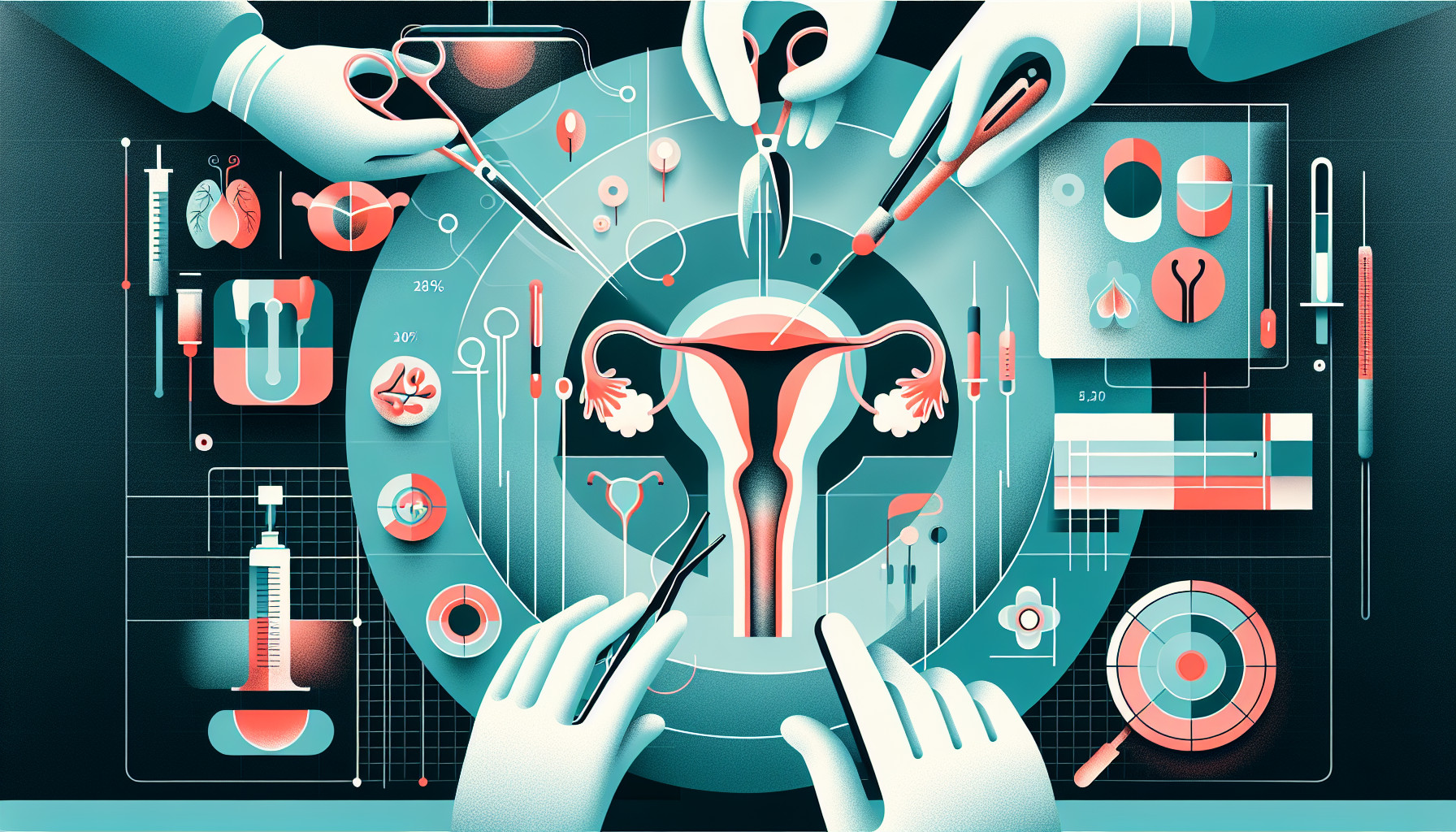Our Summary
This research paper focuses on how to surgically repair injuries to the posterior urethra, a part of the body that can be complex due to its anatomy. The posterior urethra can be damaged from natural causes or from certain procedures, like prostate surgery. The paper discusses different surgical techniques for repairing this type of damage. One technique discussed is bulbomembranous anastomosis, which is used for injuries caused by a pelvic fracture. Another method is used for repairing vesicourethral anastomotic stenosis, which is a narrowing of the urethra that can occur after prostate surgery. The paper also introduces advanced techniques, including one that preserves an artery in the bulbar area of the urethra and another that can help patients maintain bladder control when they have a certain type of urethral narrowing.
FAQs
- What is the perineal approach to posterior urethral stenosis?
- What are the advanced techniques used in posterior urethroplasty?
- How does the intrasphincteric urethroplasty procedure help in preserving continence in patients with membranous urethral stenosis?
Doctor’s Tip
A doctor may advise a patient undergoing urethroplasty to follow their post-operative care instructions carefully, including keeping the surgical site clean and dry, avoiding heavy lifting or strenuous activity, and attending all follow-up appointments. They may also recommend practicing good hygiene to prevent infection and staying well-hydrated to promote healing. Additionally, the doctor may suggest avoiding tobacco and alcohol, as they can interfere with the healing process.
Suitable For
Patients who are typically recommended for urethroplasty include those with:
Pelvic fracture urethral injury: Urethroplasty is often recommended for patients with damage to the posterior urethra due to pelvic fractures, which can result in urethral strictures or obstructions.
Vesicourethral anastomotic stenosis (VUAS) following prostate surgery: Urethroplasty may be recommended for patients who develop strictures in the vesicourethral anastomosis following prostate surgery, which can lead to urinary retention and other complications.
Membranous urethral stenosis: Urethroplasty may be recommended for patients with strictures in the membranous urethra, which can result in difficulty urinating and recurrent urinary tract infections.
Overall, patients who have complex urethral anatomy or have experienced trauma or surgery that has damaged the posterior urethra may be recommended for urethroplasty to repair and reconstruct the urethra.
Timeline
Before urethroplasty:
- Patient may present with symptoms such as difficulty urinating, weak urine flow, frequent urinary tract infections, or urinary retention.
- Diagnostic tests such as cystoscopy, retrograde urethrogram, or uroflowmetry may be performed to determine the extent of the urethral stricture.
- Treatment may involve initial attempts at urethral dilation or urethrotomy to alleviate symptoms, but these procedures may only provide temporary relief.
After urethroplasty:
- Patient undergoes urethroplasty surgery to reconstruct the narrowed or obstructed portion of the urethra.
- Recovery time varies but may involve a hospital stay of a few days to monitor for complications such as urinary retention or infection.
- Patients may experience some discomfort or pain post-operatively, which can be managed with pain medications.
- Follow-up appointments with the surgeon are necessary to monitor healing and ensure proper function of the reconstructed urethra.
- Patients can expect improved urinary flow, resolution of symptoms, and a better quality of life following successful urethroplasty.
What to Ask Your Doctor
- What is the success rate of urethroplasty for my specific condition?
- What are the potential risks and complications associated with urethroplasty?
- What is the expected recovery time and post-operative care for urethroplasty?
- Are there any alternative treatment options available for my condition?
- How many urethroplasty procedures have you performed, and what is your experience with this surgery?
- Will I need a catheter after the surgery, and for how long?
- How long will I need to follow up with you after the surgery?
- Are there any specific lifestyle changes I should make before or after the surgery to improve outcomes?
- What can I expect in terms of urinary function and continence after the urethroplasty procedure?
- Are there any specific warning signs or symptoms I should watch for after the surgery that would indicate a complication?
Reference
Authors: Gomez RG, Scarberry K. Journal: Transl Androl Urol. 2018 Aug;7(4):567-579. doi: 10.21037/tau.2018.03.05. PMID: 30211047
